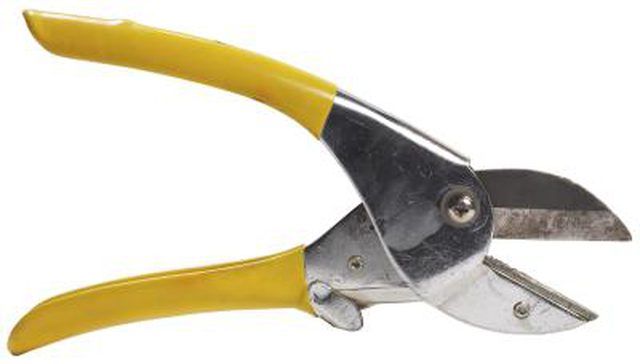Bulbs
Flower Basics
Flower Beds & Specialty Gardens
Flower Garden
Garden Furniture
Garden Gnomes
Garden Seeds
Garden Sheds
Garden Statues
Garden Tools & Supplies
Gardening Basics
Green & Organic
Groundcovers & Vines
Growing Annuals
Growing Basil
Growing Beans
Growing Berries
Growing Blueberries
Growing Cactus
Growing Corn
Growing Cotton
Growing Edibles
Growing Flowers
Growing Garlic
Growing Grapes
Growing Grass
Growing Herbs
Growing Jasmine
Growing Mint
Growing Mushrooms
Orchids
Growing Peanuts
Growing Perennials
Growing Plants
Growing Rosemary
Growing Roses
Growing Strawberries
Growing Sunflowers
Growing Thyme
Growing Tomatoes
Growing Tulips
Growing Vegetables
Herb Basics
Herb Garden
Indoor Growing
Landscaping Basics
Landscaping Patios
Landscaping Plants
Landscaping Shrubs
Landscaping Trees
Landscaping Walks & Pathways
Lawn Basics
Lawn Maintenance
Lawn Mowers
Lawn Ornaments
Lawn Planting
Lawn Tools
Outdoor Growing
Overall Landscape Planning
Pests, Weeds & Problems
Plant Basics
Rock Garden
Rose Garden
Shrubs
Soil
Specialty Gardens
Trees
Vegetable Garden
Yard Maintenance
How to Treat Cypress Fungus
How to Treat Cypress Fungus. Cypress trees, like the common Leyland cypress, are garden tree classics. The tall pointed tops and fine green needles create a line of sentries in landscapes and around outdoor pools. However, cypress trees suffer from a few types of deadly fungal infections, namely the fungal disease Seiridium canker (Seridium...

Cypress trees, like the common Leyland cypress, are garden tree classics. The tall pointed tops and fine green needles create a line of sentries in landscapes and around outdoor pools. However, cypress trees suffer from a few types of deadly fungal infections, namely the fungal disease Seiridium canker (Seridium unicorne). Dark brown or purple blotches form on stems, branches and bark. Fallen twigs turn bright red and copper, signs of the deadly fungus in the living tree. An observant gardener may notice the onset of fungal disease before it starts to spread. For full-fledged fungal infection, a few treatments can at least abate the spreading fungus.
Things You'll Need
Soaker hose
Fungicide (optional)
Pruning tools
Bleach
Chlorine
Dry granual borax (optional)
Water regularly. Seiridium canker flourishes when Leyland cypress trees are under stress, specifically drought. To lessen the chance of disease spreading, use a soaker hose, which emits only 1 gallon of water per foot of hose per hour. Spray the tree, or row of trees, aiming the water a few inches away from the trunks. Run the hose for three to four hours once per week.
Search for tree wounds. Infection spreads through a wound. Search the tree trunk and lower thick branches for cuts or gashes. Prune the infected branches or twigs. Trim the branch or twig at least one inch below the canker. Destroy the infected twigs or branches. Remove or destroy severely affected plants. The fungus will contaminate other trees and plants.
Sterilize pruning tools between cuts. Tools can spread the fungal disease. Dip the pruning tools in rubbing alcohol or a solution of one part chlorine bleach to nine parts water. Clean and oil each tool after bleaching to prevent rust.
Spray with fungicide. For most cypress fungal diseases, fungicide will be ineffective. However, gardeners who spot Cercospora needle blight (browning of the scales and needles beginning on low branches) can treat the infection. Spray infected, browning branches with a copper-containing fungicide like Kocide. Once new buds pop up, mist plants at 10-day intervals until new healthy growth begins.
Remove the stump. If you do have to cut the cypress, remove the stumps of felled living conifers. Or, immediately after cutting the tree, treat the stump surface with dry granular borax, an extremely harsh chemical that kills infection. This prevents the fungus from spreading to other neighboring trees.
Plant a new tree. If the tree is too severely affected, extension pathologist Jean Williams-Woodward says, "The best control is to remove the damaged tree and replant with something else or even another Leyland [cypress]. Within a few years, the trees grow so fast that the loss of one will hardly be noticed." Again, completely removing the tree will stop the fungus from spreading to nearby cypress and other plant life.